Is the FAA to Blame for the Death of Southwest Passenger?
Is the FAA to Blame for the Death of Southwest Passenger?
A lot has been written this week about the incident of Southwest Airlines Flight 1380, which had an engine issue that threw shrapnel into the aircraft, leading to a broken window and a woman later dying after being partially sucked out of the plane. Well, industry watchdogs and the Transport Workers Union are now suggesting that the FAA could have done something to potentially prevent the incident from occurring, had they taken action sooner.
Their criticism stems from the fact that a similar incident with this same engine type occurred 20 months ago. Thankfully in that case, there were no deaths from the mishap, but those in the industry are arguing that the FAA should have done more to force airlines to inspect these engines, which were known to have an issue with the blade similar to what occurred on Southwest 1380 this week.
According to NBC News:
A dangerous malfunction of the same kind of engine on a Southwest plane nearly two years ago also forced an emergency landing, and advocates say the Federal Aviation Administration missed an opportunity to respond forcefully and quickly.
The critics, including two airline consumer watchdogs and a union leader who represents mechanics, say that slow action by the FAA exemplifies the agency’s cozy relationship with the industry. Several major airlines previously called for slower implementation of a proposed FAA rule that would require inspections of the type of engines that failed this week.
“The FAA needs to have oversight over the airlines,” said the union leader, Gary Peterson, an international vice president of the Transport Workers Union. “When it comes to safety and security it has to be strong oversight. We don’t want a situation where multiple people have to perish for someone to take a hard look at this.”
Interestingly, the FAA has said it will soon order the inspection of the CFM56-7B jet engine. That order will be forthcoming. But what’s most interesting is that the FAA has said that it’s decision to make that order is not related to the Southwest 1380 accident, but instead associated with the Southwest Airlines emergency landing that occurred 20 months ago. Part of that is likely because the cause of the incident is still not been verified. But the timing of the order from the FAA is interesting, since they had 20 months to make such a decision and only announced the decision just days after a similar scenario that may turn out to be the same cause of engine problems. Therefore, the FAA may have been able to do something to have prevented this had they taken action sooner.
Also, the FAA was moving forward with plans for requiring close inspections of the engines, but industry leaders, including those at Southwest Airlines, put pressure on the FAA to push back the timeline. After that pressure and announcing they would demand inspection of the engines, they never put out the directive. That is, until Southwest 1380 occurred earlier this week.
There’s still a lot to understand about this incident, and it isn’t entirely shocking that the union that represents the Southwest maintenance crews would quickly turn to the FAA as the culprit of the event. NTSB will be closely examining all aspects of the industry, and the maintenance for the aircraft will likely be a key part of that puzzle as they seek to determine the cause. The union may be working to get ahead of that, trying to curb any insinuations or actual findings that come out of the NTSB.
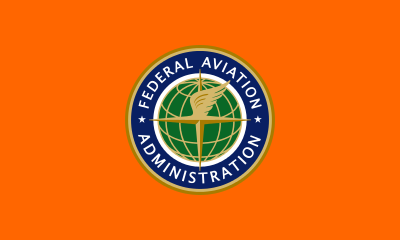
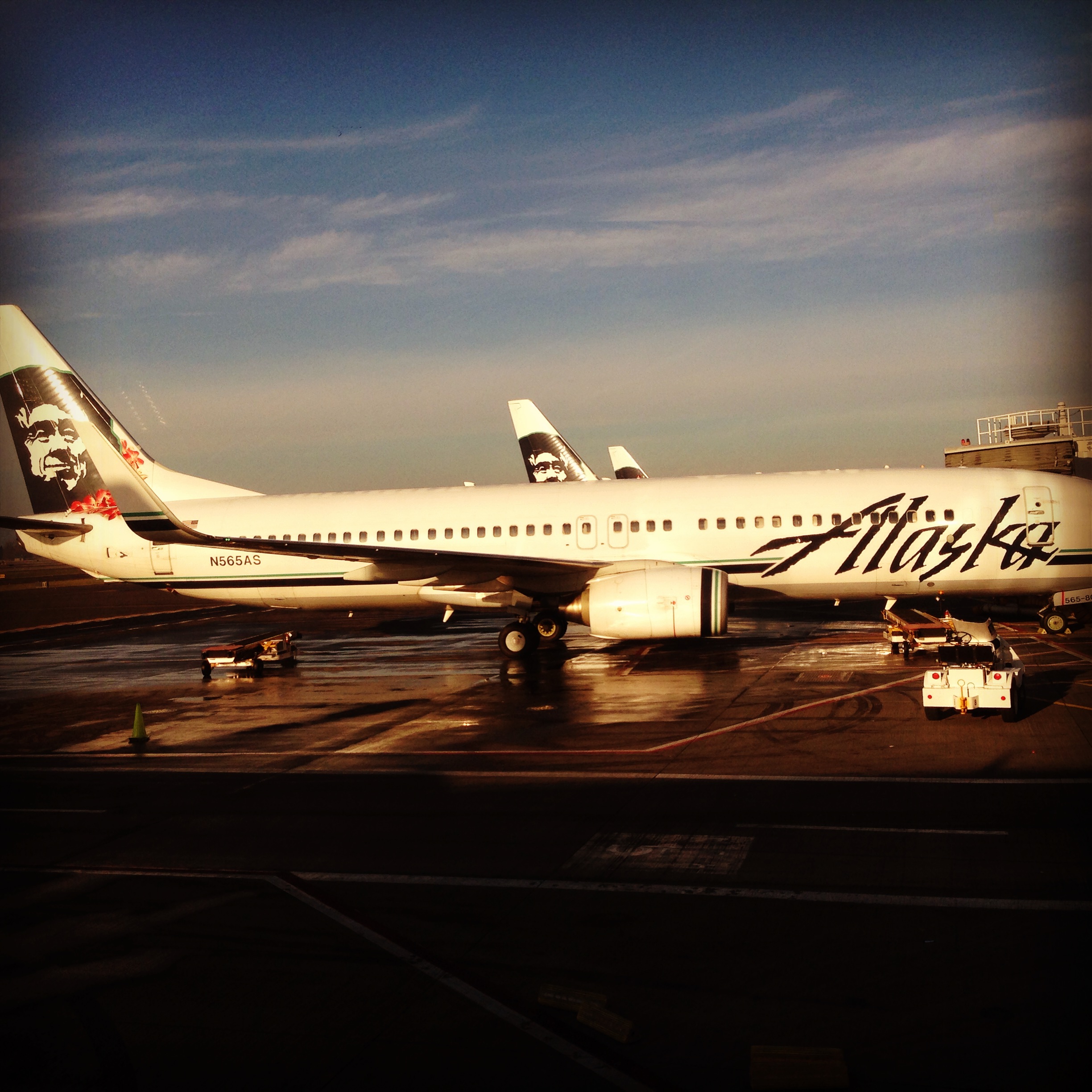
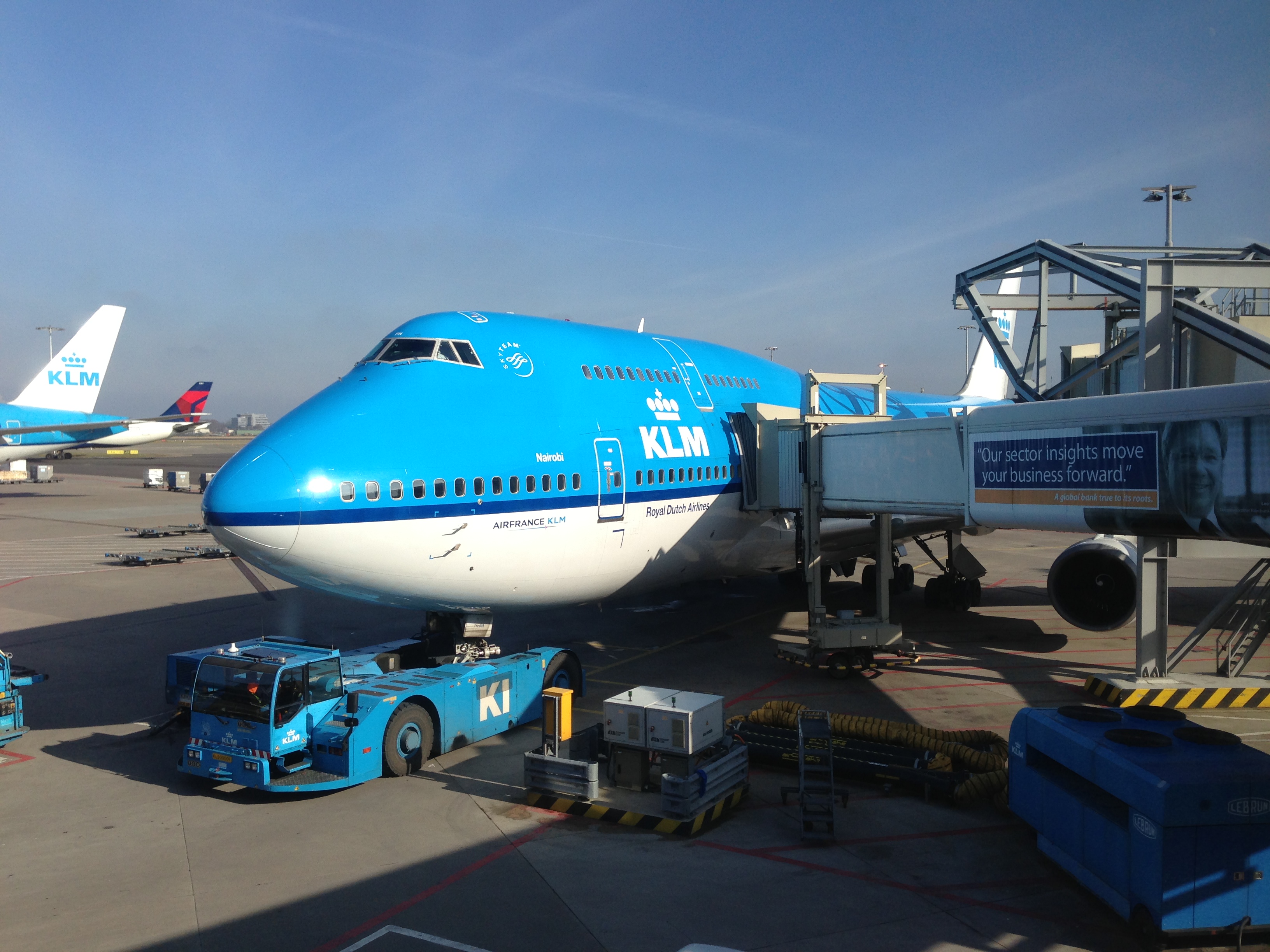
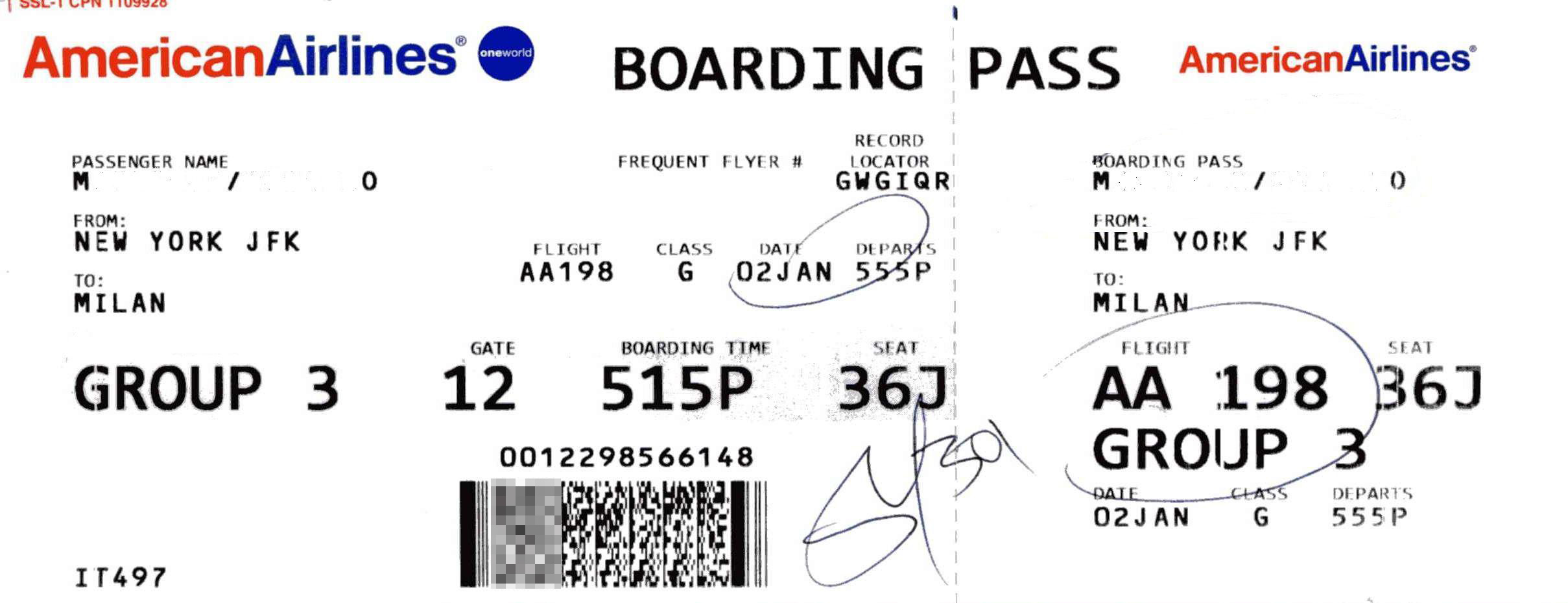
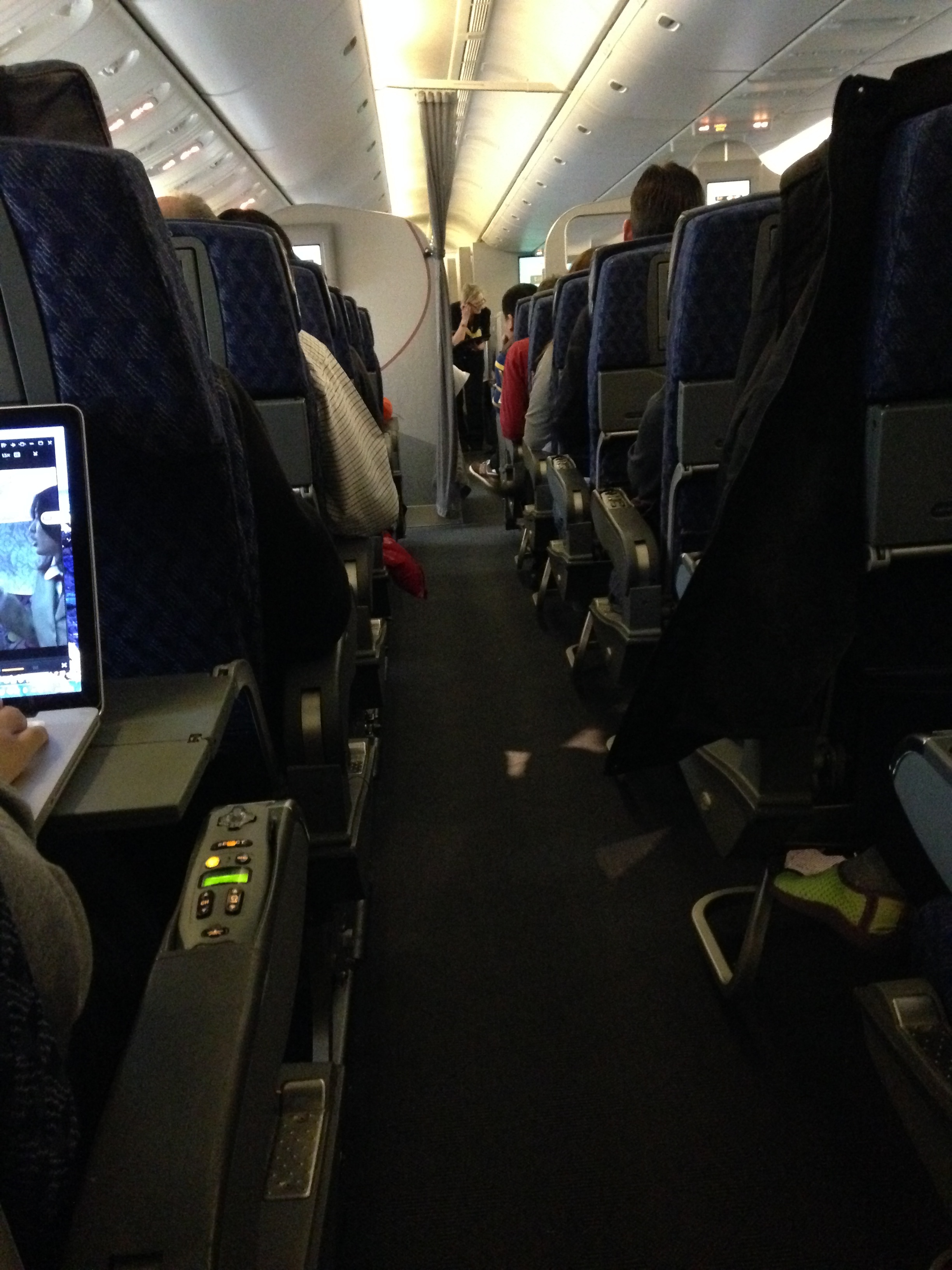

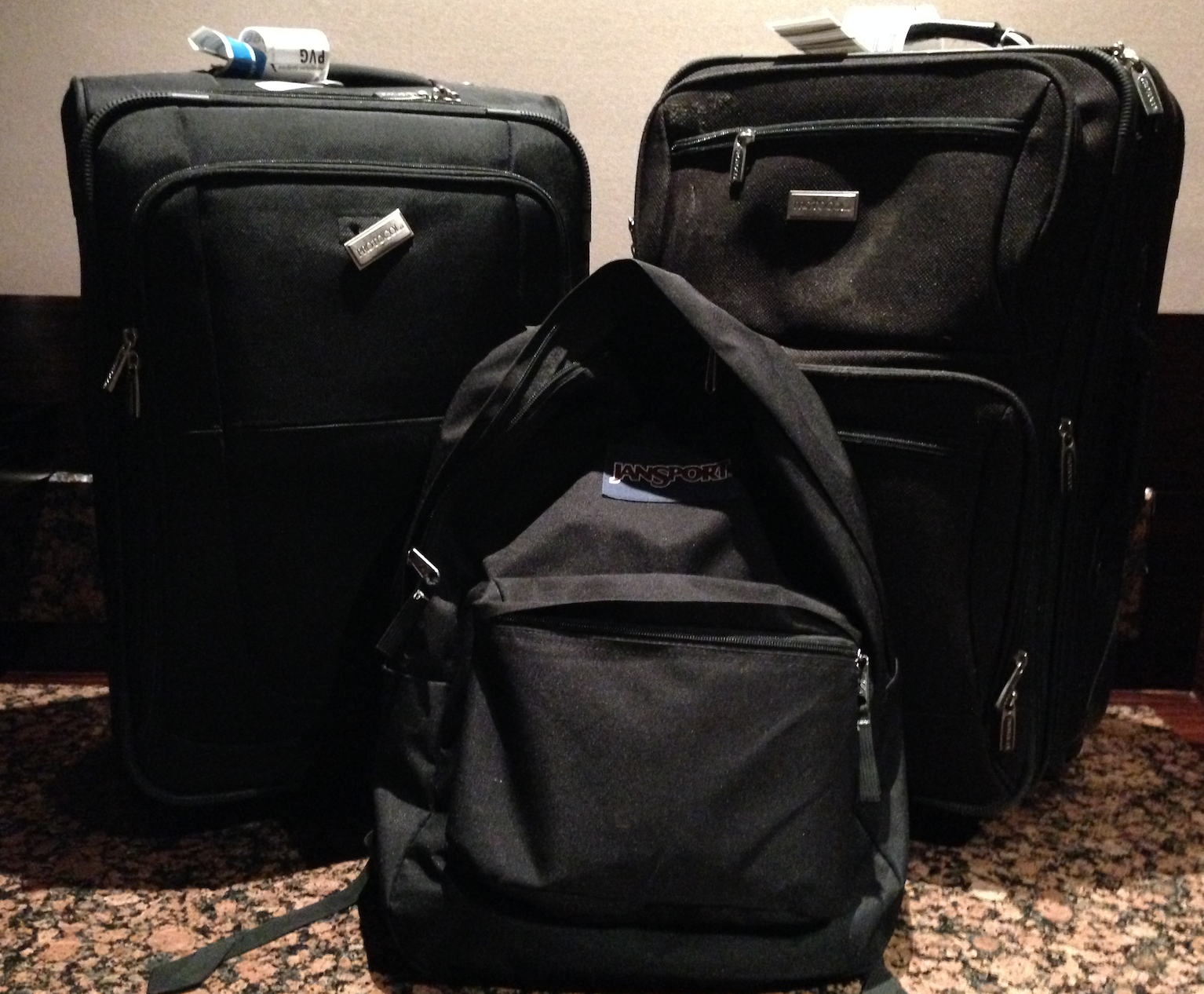

There’s no way it should have taken the FAA 20 months to initiate a review of this engine type. If so, it is shameful that our lives are at stake while something so critical winds its way through the bureaucratic red-tape.
What about the PW-4000 series engine that lost a fan blade on a UA777 just 2 months ago. Almost an identical destroyed engine cowling and emergency landing, though thankfully no shrapnel pierced the fuselage. This isn’t a WN issue or a CFM56 engine issue, it’s all jet engines but to blame the FAA is insane. It’s up to each individual carrier or aircraft owner to properly maintain and inspect their equipment. WN’s mechanics union and their employees need to take ownership here.